Seals – Introduction
Seals, marine mammals belonging to the order Pinnipedia, are remarkable creatures that inhabit various coastal and polar regions worldwide. With their streamlined bodies, flippers, and adaptation to life in aquatic environments, seals have captured our fascination for centuries. They are closely related to sea lions and walruses, forming a diverse group of marine mammals.
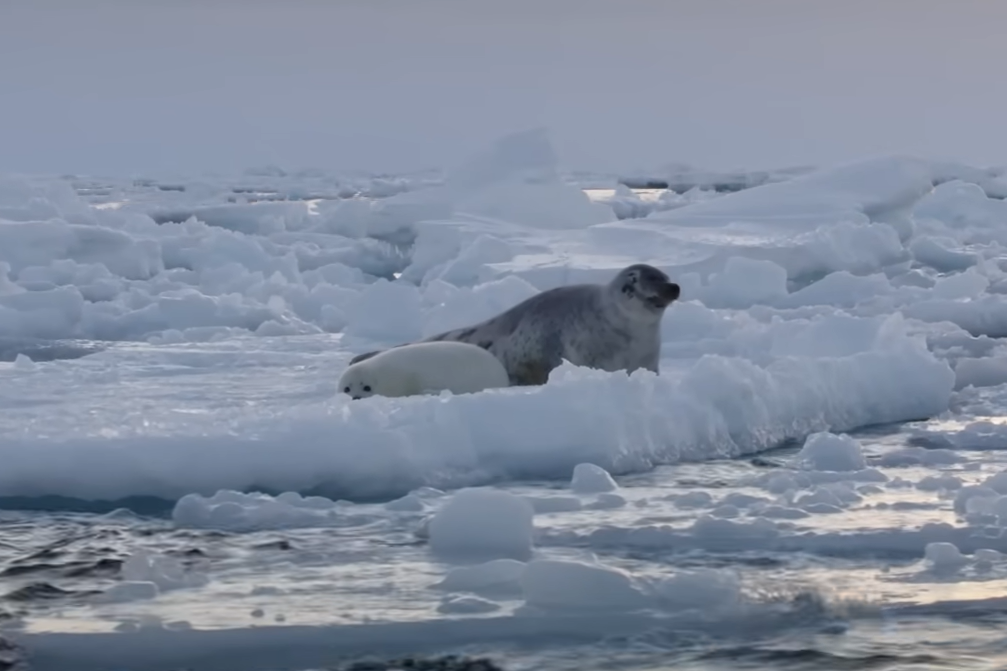
Seals play a crucial role in marine ecosystems as top predators, helping to maintain balance within food chains. They are not only indicators of the health of marine environments but also contribute to nutrient cycling through their waste products. The importance of seals extends beyond ecological significance; they have cultural and historical relevance in human societies. Understanding the characteristics, habitats, and conservation needs of these fascinating creatures is vital to preserving their diverse species and maintaining the delicate balance of our oceans.
Classification and Taxonomy
Seals belong to the family Phocidae, which is part of the order Pinnipedia. Pinnipeds are a group of marine mammals that also includes sea lions and walruses. Within the family Phocidae, seals are further classified into different genera and species based on their specific characteristics and evolutionary history. The taxonomy of seals helps us understand their relationships to other marine mammals and their unique evolutionary adaptations.
Major seal families and species
The family Phocidae comprises a diverse array of seal species, each adapted to different habitats and environments. Some of the major seal families and notable species include:
1. Harbor seals (Phoca vitulina)
These seals are found along the coastlines of the Northern Hemisphere, including the North Atlantic and North Pacific. They have a wide range of color variations and are known for their shy and solitary behavior.
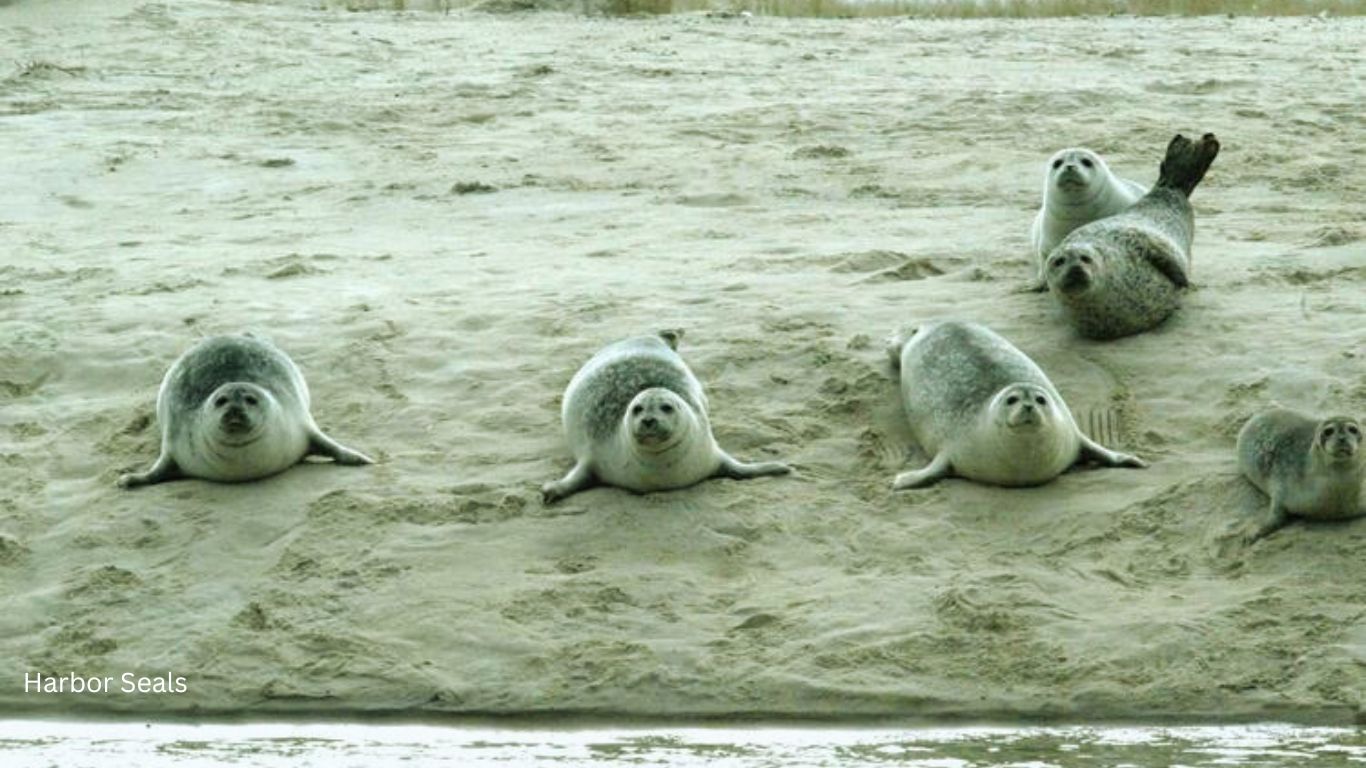
2. Gray seals (Halichoerus grypus)
Gray seals primarily inhabit the coasts of the North Atlantic Ocean. They are large and robust seals known for their distinct horseshoe-shaped nostrils and mottled gray fur. Gray seals exhibit complex social behaviors and form colonies during the breeding season.
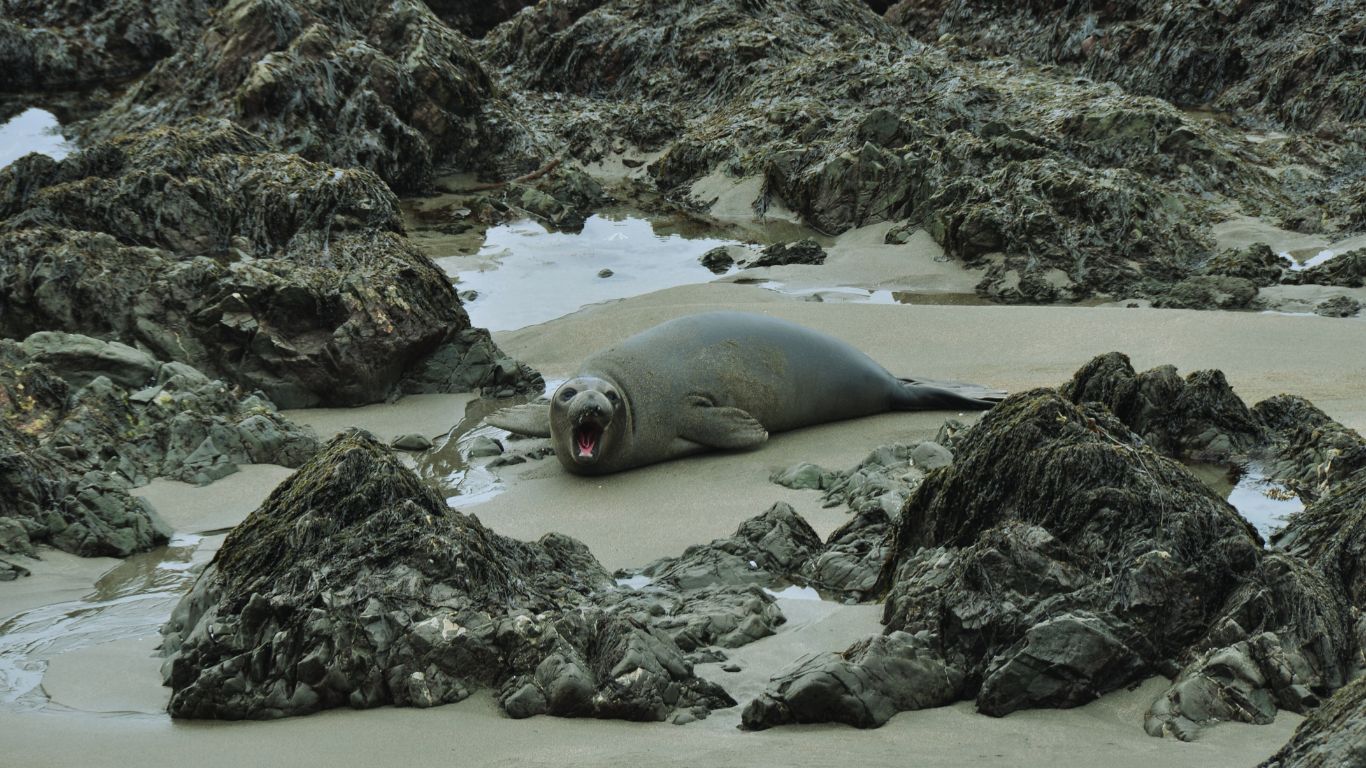
3. Weddell seals (Leptonychotes weddellii)
Weddell seals are endemic to the Antarctic region and are well adapted to the extreme cold and ice-covered environments. They are known for their remarkable diving abilities, being able to reach depths of over 2,000 feet and remain submerged for extended periods.
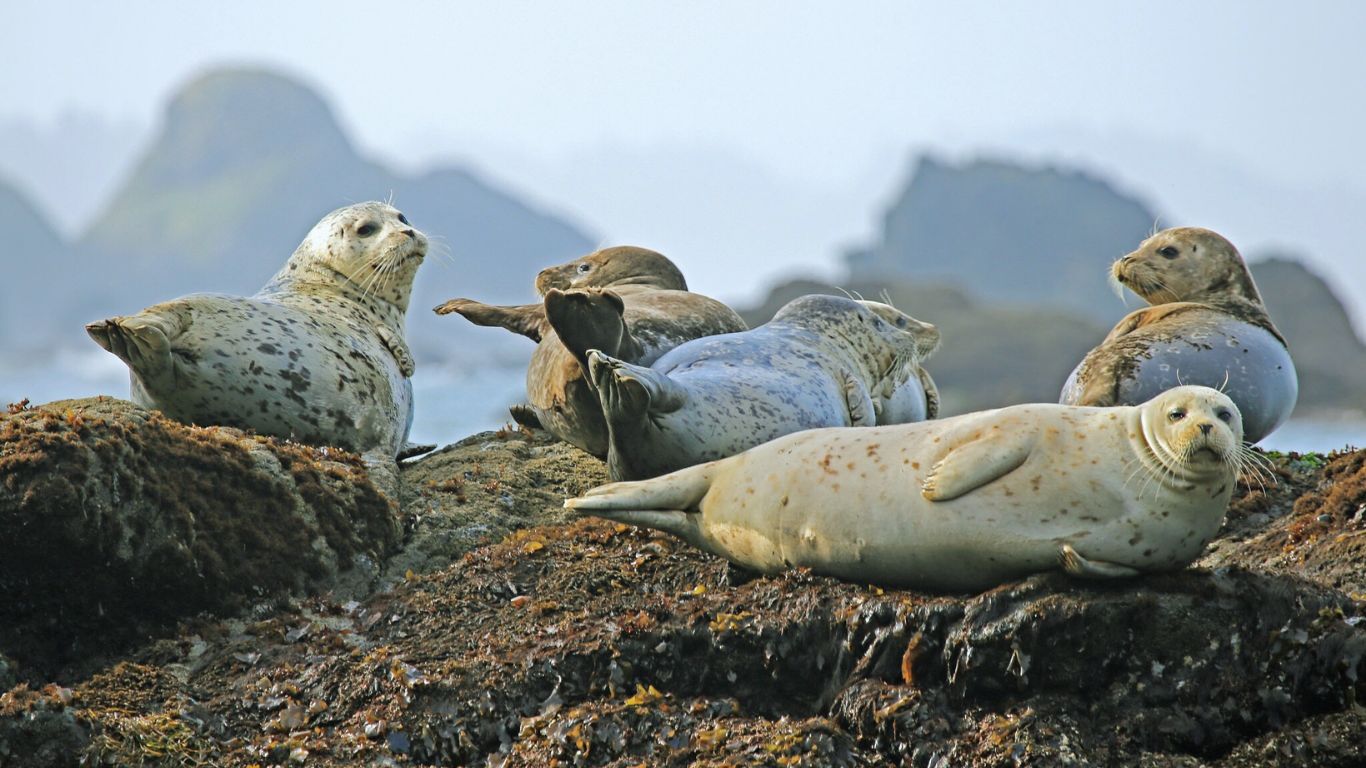
4. Elephant seals (Mirounga spp.)
Elephant seals are the largest species of seal, with two main species: the northern elephant seal (Mirounga angustirostris) and the southern elephant seal (Mirounga leonina). They are known for their impressive size, large proboscis (nose), and remarkable breeding behavior.
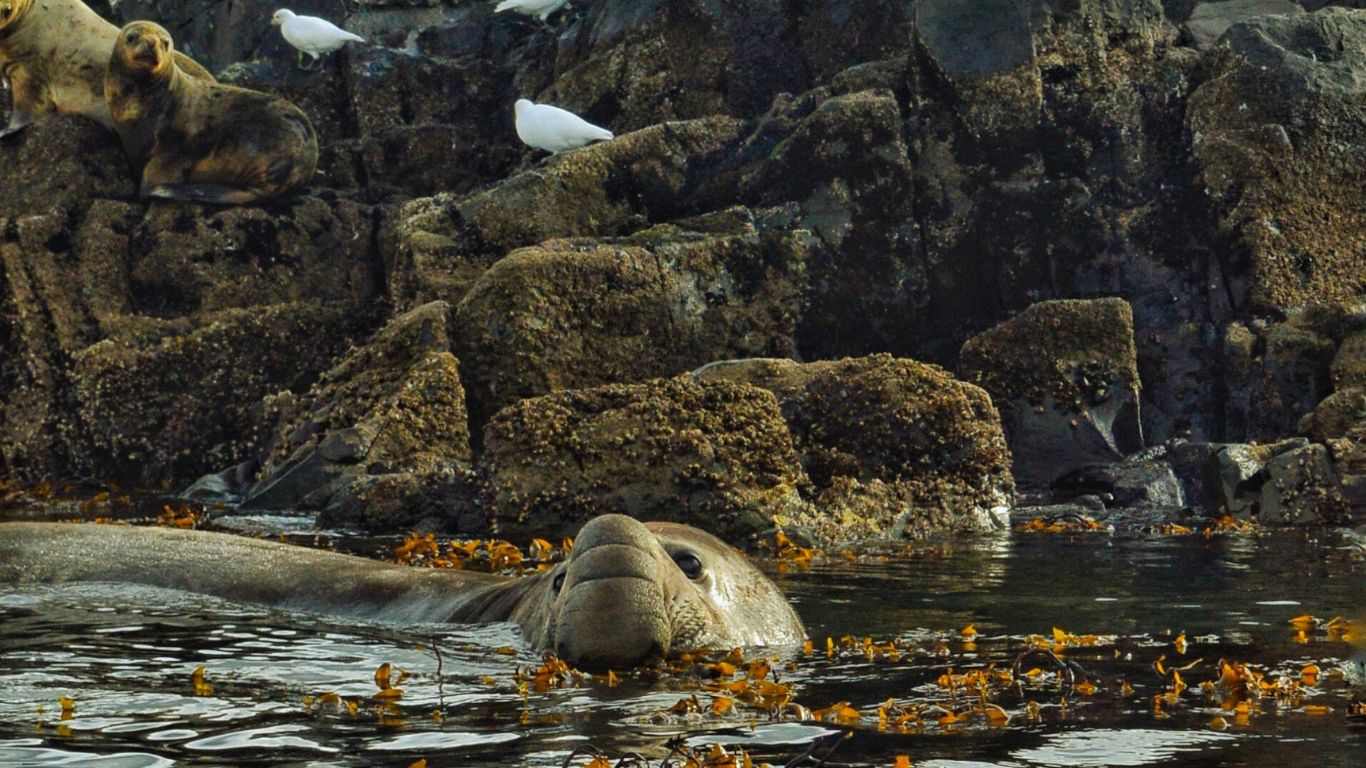
5. Leopard seals (Hydrurga leptonyx)
Leopard seals inhabit the waters of the Antarctic and sub-Antarctic regions. They are formidable predators and have a distinct spotted pattern on their fur, which gives them their name. Leopard seals are known for their aggressive hunting behavior and large, powerful jaws.

Each seal species has unique characteristics and adaptations that enable them to thrive in their specific habitats. Understanding the diversity of seal species helps us appreciate their ecological roles and the need for conservation efforts to protect their populations and habitats.
Physical Characteristics
A. Body structure and adaptations for aquatic life
Seals have evolved a body structure and various adaptations that allow them to excel in aquatic environments. Their bodies are streamlined, tapering at both ends, which minimizes resistance when swimming. This streamlined shape enables efficient movement through the water, allowing seals to chase and capture prey.
Seals possess limbs that have been modified into flippers, which serve as their primary means of propulsion. The forelimbs, or front flippers, are broad and powerful, providing strong forward thrust during swimming. The hind limbs, or back flippers, act as rudders, assisting in steering and maneuvering underwater.
To aid in diving, seals have a high oxygen storage capacity and the ability to reduce their heart rate, divert blood flow to essential organs, and tolerate high levels of carbon dioxide. These physiological adaptations allow them to stay submerged for extended periods while foraging for food.
B. External features: flippers, whiskers, and fur
Seals have several notable external features that contribute to their survival in aquatic environments. Their flippers are flexible and agile, allowing them to maneuver with ease in water. The flippers have bones similar to those found in human hands and are covered in skin and a thin layer of hair.
One distinguishing feature of seals is their prominent whiskers, known as vibrissae. Vibrissae are highly sensitive and serve as tactile sensors to detect changes in water currents and the movements of prey. These specialized whiskers help seals navigate, locate food, and explore their surroundings, particularly in low visibility conditions.
Seals also possess thick fur that serves multiple purposes. The fur helps to insulate their bodies, keeping them warm in cold waters. It acts as a waterproof layer, preventing their skin from becoming saturated while swimming. The dense fur also aids in buoyancy, allowing seals to float effortlessly at the water’s surface.
C. Size variations among different seal species
Seal species display significant variations in size. The largest species, such as elephant seals, can reach impressive lengths of up to 20 feet and weigh over 8,800 pounds. These massive seals have robust bodies and prominent noses. On the other end of the spectrum, smaller seal species like harbor seals typically measure around 5-6 feet in length and weigh around 200 pounds.
The size variations among seal species are influenced by factors such as their habitat, prey availability, and evolutionary adaptations. The larger species often inhabit colder regions with abundant food resources, whereas smaller species may reside in more temperate or coastal areas. The size differences highlight the diversity within the seal family and how various species have adapted to thrive in their specific environments.
Habitat and Distribution
A. Global distribution of seals
Seals have a widespread distribution across the globe, occupying both coastal and polar regions. They are found in various oceans and seas, from the Arctic and Antarctic to temperate and tropical waters. The specific species of seals present in different regions vary depending on environmental conditions and habitat suitability.
B. Preferred habitats: coastal regions, polar regions, and open oceans
Seals exhibit preferences for specific habitats based on their ecological requirements and feeding habits. Coastal regions are popular habitats for many seal species due to the availability of both marine and terrestrial resources. Coastal areas provide access to breeding grounds, haul-out sites (resting areas), and abundant food sources such as fish, squid, and crustaceans.
Polar regions, including the Arctic and Antarctic, are home to several seal species adapted to extreme cold and ice-covered environments. These seals have specialized features and behaviors that enable them to survive in icy conditions, including the ability to navigate through dense pack ice and dive beneath ice shelves in search of prey.
Some seal species, such as elephant seals, venture into the open ocean for feeding and migration. These seals are known for their long-distance movements and can travel thousands of kilometers in search of food. Open oceans provide seals with access to pelagic prey species, such as fish, cephalopods, and krill.
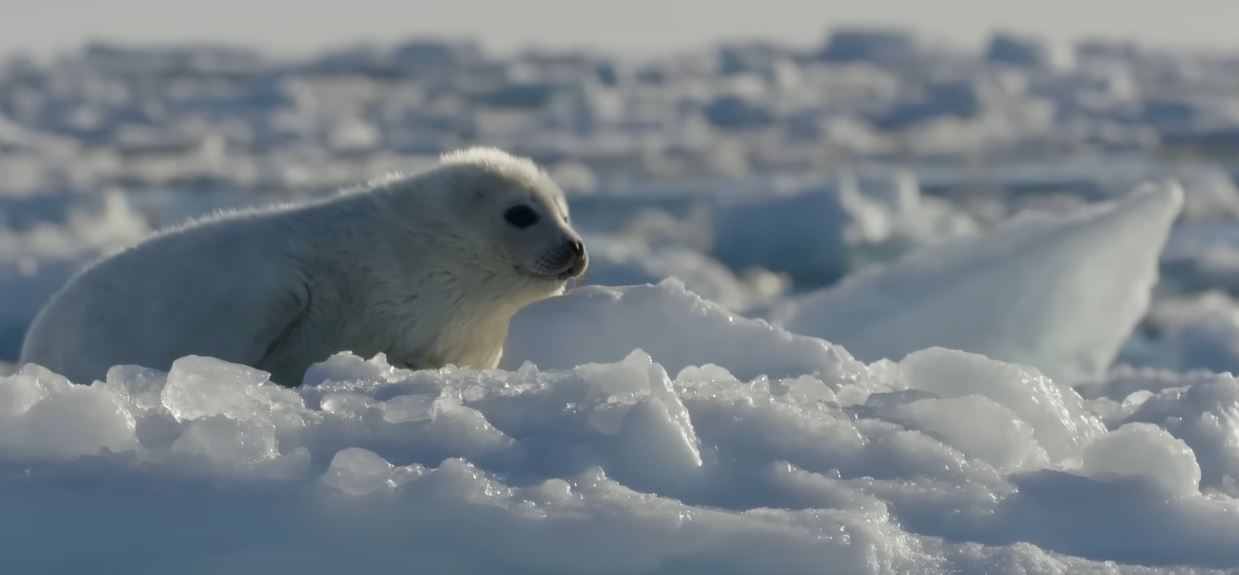
C. Environmental factors affecting seal populations
Seal populations can be influenced by various environmental factors, including:
1. Availability of prey species: The abundance and distribution of prey play a crucial role in seal populations. Fluctuations in prey populations can impact the health and reproductive success of seals.
2. Climate change: Seals, particularly those in polar regions, are susceptible to the effects of climate change. The melting of sea ice and alterations in ocean temperatures can disrupt their habitats, affect prey availability, and impact breeding and pup survival rates.
3. Pollution and habitat degradation: Pollution, including oil spills, chemical pollutants, and plastic debris, can directly harm seals through contamination and ingestion. Habitat degradation, such as destruction of coastal habitats and disturbance of haul-out sites, can disrupt their natural behavior and breeding patterns.
4. Human disturbances: Human activities, such as coastal development, tourism, and noise pollution, can disrupt seal habitats and cause stress or abandonment of important breeding and resting sites.
Understanding and mitigating these environmental factors is essential for the conservation and long-term survival of seal populations. Conservation efforts should focus on preserving critical habitats, reducing pollution, and promoting sustainable fishing practices to ensure the continued well-being of seals and their ecosystems.
Behavior and Life Cycle
A. Social structure: solitary vs. colonial species
Seal species exhibit a range of social structures, varying from solitary to colonial behavior. Solitary species, such as leopard seals and harbor seals, tend to spend much of their lives alone, only coming together during the breeding season or when gathering at haul-out sites.
In contrast, colonial species, like gray seals and elephant seals, form larger social groups during breeding and molting seasons. These colonies can consist of hundreds or even thousands of individuals. Colonial seals often establish territories and engage in various social interactions, including vocalizations, displays, and physical interactions.
B. Reproduction and mating rituals
Seals have diverse reproductive strategies and mating rituals. Breeding typically occurs on land or on ice platforms in the case of polar species. Mating rituals can involve vocalizations, posturing, and aggressive displays by males competing for access to females.
Females usually give birth to a single pup, which they nurse and care for intensively. The timing of breeding and pupping varies among species, with some seals having specific seasons for reproduction.
C. Feeding habits and diet
Seals are carnivorous predators and have specialized feeding habits. Their diets primarily consist of fish, squid, crustaceans, and other marine organisms. The specific prey species consumed vary depending on the seal’s habitat and geographic location.
Seals use their sharp teeth and powerful jaws to capture and consume prey underwater. Some species, such as leopard seals, are known for their ability to hunt and consume other seals.
D. Migration patterns and seasonal behavior
Migration patterns and seasonal behavior differ among seal species. Some seals undertake long-distance migrations in search of food or breeding grounds. For example, elephant seals undertake epic migrations from their breeding grounds to foraging areas.
Seasonal behavior is also evident in the timing of breeding, molting, and haul-out patterns. Seals often congregate in specific locations, known as haul-out sites, for resting, breeding, and social interactions. These sites are crucial for their survival and are often protected areas.
Migration and seasonal behavior are influenced by environmental factors, prey availability, and reproductive needs.
Understanding the behavior and life cycle of seals is vital for their conservation and management. It allows us to identify critical habitats, protect breeding areas, and implement measures to mitigate human disturbances and ensure the long-term viability of seal populations.
Conservation and Threats
A. Human impact on seal populations
Human activities have a significant impact on seal populations worldwide. Seals are vulnerable to various threats resulting from human actions, including habitat degradation, pollution, overfishing, hunting, and climate change. Understanding and addressing these impacts are crucial for the conservation of seal species.
B. Threats to seals: hunting, habitat loss, pollution, and climate change
1. Hunting
Historically, seals were hunted for their fur, blubber, and other body parts. While commercial hunting has been significantly reduced or banned in many regions, illegal hunting and subsistence hunting still occur in some areas, posing a threat to seal populations.
2. Habitat loss and degradation
Coastal development, including the destruction of breeding and haul-out sites, has led to habitat loss and disturbance for seals. Urbanization, pollution, and coastal modifications disrupt their natural behavior and reproductive success.
3. Pollution
Seals are vulnerable to pollution in their habitats, including oil spills, chemical pollutants, and marine debris. Pollution can contaminate their food sources, affect their health, and lead to mortality.
4. Climate change
Seals, especially those in polar regions, are highly sensitive to the impacts of climate change. The melting of sea ice and changes in ocean temperatures affect their breeding, feeding, and migration patterns. Reduction in sea ice availability can disrupt their access to haul-out sites and lead to decreased prey availability.
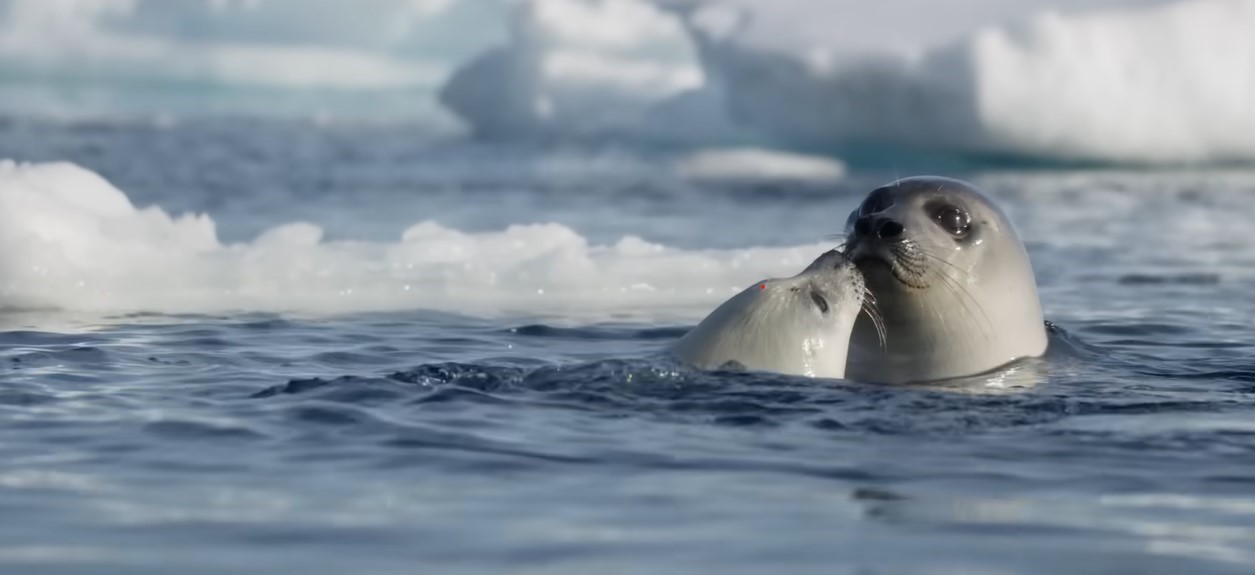
C. Conservation efforts and protective measures
To protect and conserve seal populations, various conservation efforts and protective measures are being implemented:
1. Protected areas and regulations
Establishing marine protected areas and implementing regulations to limit disturbance, hunting, and fishing practices are critical for seal conservation. These measures help safeguard their habitats and ensure sustainable interactions with human activities.
2. Public awareness and education
Raising awareness about the importance of seal conservation and the threats they face is essential. Public education helps foster a sense of responsibility and encourages individuals to make informed choices that promote the well-being of seals and their habitats.
3. Research and monitoring
Conducting scientific research and monitoring programs provide valuable information on seal populations, their behavior, and the impacts of human activities. This knowledge is essential for developing effective conservation strategies and management plans.
4. International cooperation
Collaboration among nations and organizations is vital for the conservation of migratory seal species. Cooperation on research, management, and the implementation of international agreements, such as the Convention on the Conservation of Antarctic Marine Living Resources (CCAMLR), can contribute to the protection of seals across their range.
5. Climate change mitigation and adaptation
Addressing climate change through reducing greenhouse gas emissions, promoting sustainable practices, and implementing adaptation strategies is crucial for the long-term survival of seals. Protecting their habitats and ensuring their access to food sources are vital components of climate change resilience.
By addressing these threats and implementing conservation measures, we can safeguard seal populations, preserve their habitats, and ensure a sustainable future for these remarkable marine mammals.
Cultural Significance
A. Historical and cultural importance of seals to human societies
Seals have held significant historical and cultural importance to human societies throughout the ages. They have been a source of sustenance, materials, and inspiration for many indigenous cultures and coastal communities.
In regions where seals were abundant, such as the Arctic, sub-Arctic, and coastal areas, indigenous peoples relied on seals as a vital food source. They utilized nearly every part of the seal for sustenance, clothing, tools, and shelter, demonstrating a deep connection and dependence on these animals.

Seals have also played a role in mythology, folklore, and art across different cultures. They are often depicted in ancient cave paintings, sculptures, and stories, symbolizing aspects such as fertility, transformation, and adaptability.
B. Indigenous and traditional uses of seals
Indigenous communities have a long-standing relationship with seals, utilizing them in various ways. Traditional uses of seals include:
1. Subsistence hunting: Indigenous communities in Arctic and coastal regions have traditionally hunted seals for sustenance, utilizing the meat, blubber, and organs as a valuable food source.
2. Clothing and materials: The skin and fur of seals have been used for creating clothing, boots, and waterproof garments. Seal hides were valuable for their warmth and durability in harsh environments.
3. Tools and equipment: Indigenous cultures crafted tools and equipment from seal bones, such as harpoons, knives, sled runners, and needle cases.
4. Spiritual and ceremonial significance: Seals have held spiritual and ceremonial importance in many indigenous cultures, playing a role in rituals, dances, and stories.
C. Modern attitudes and controversies surrounding seal hunting
The practice of seal hunting has become a subject of controversy and debate in modern times. While it remains an important cultural activity for some indigenous communities, commercial and non-indigenous seal hunting has faced increased scrutiny due to ethical concerns and conservation issues.
Opponents of seal hunting argue that it is cruel, unnecessary, and contributes to declining seal populations. Animal welfare organizations and activists have campaigned against seal hunting, leading to restrictions, bans, and trade restrictions in some countries.
Proponents of seal hunting, particularly indigenous communities, emphasize its cultural significance, subsistence value, and sustainable practices. They argue that traditional hunting methods are respectful of the environment and have been practiced for generations without causing population decline.
Balancing cultural traditions, conservation concerns, and animal welfare is a complex issue. Efforts are being made to promote sustainable hunting practices, support indigenous rights, and ensure the long-term viability of seal populations, while addressing ethical considerations and the need for cultural preservation.
Notable Seal Species
1. Harp seal (Pagophilus groenlandicus)
The harp seal, also known as the Greenland seal, is a species found in the North Atlantic and Arctic Oceans. They are known for their distinctive coat patterns, with dark harp-shaped markings on their silver-gray fur. Harp seals undertake long migrations and are well-adapted to the icy conditions of their habitat. They primarily feed on fish and invertebrates.
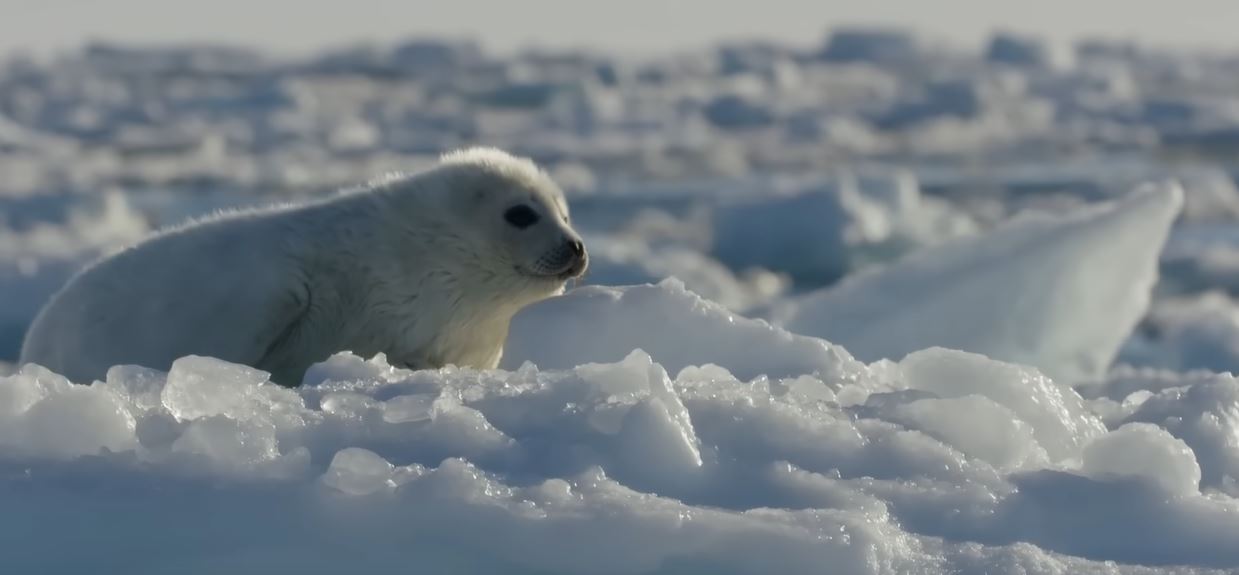
2. Weddell seal (Leptonychotes weddellii)
The Weddell seal is a large seal species native to the Antarctic region, particularly the Weddell Sea. They are known for their exceptional diving abilities and can reach depths of over 2,000 feet and hold their breath for extended periods. Weddell seals have a mottled gray-brown coat and feed mainly on fish, squid, and krill.
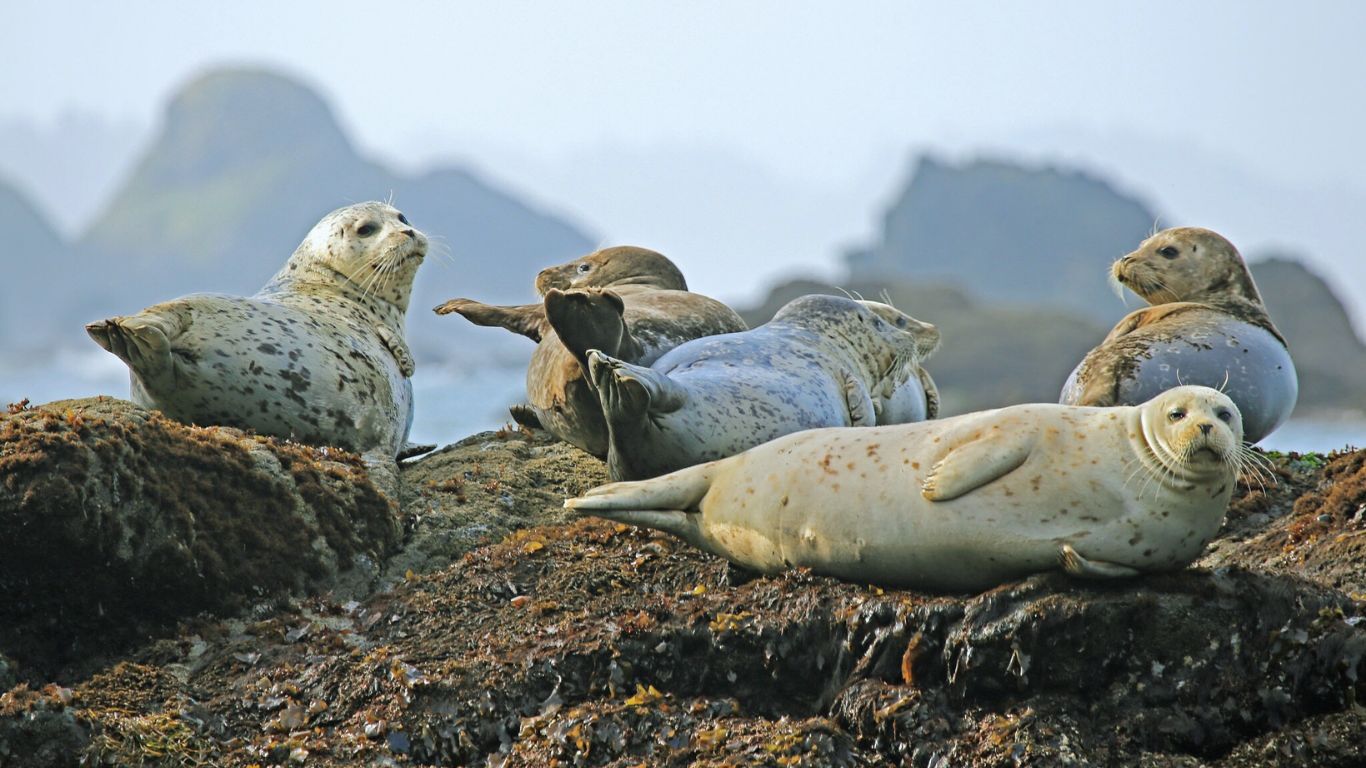
3. Elephant seal (Mirounga spp.)
Elephant seals are the largest seals and are named for the male’s large size and trunk-like nose. There are two species: the Northern elephant seal (Mirounga angustirostris) and the Southern elephant seal (Mirounga leonina). These seals are known for their impressive size and breeding behaviors. They have a broad distribution, with populations in the Pacific and Atlantic Oceans. Elephant seals undertake long migrations and feed primarily on squid and fish.

4. Leopard seal (Hydrurga leptonyx)
The leopard seal is a formidable predator found in the Antarctic and sub-Antarctic regions. They have a distinctive spotted coat, giving them their name. Leopard seals are skilled hunters, preying on a variety of prey, including fish, penguins, and other seals. They have a unique tooth structure that allows them to consume large prey items.

5. Gray seal (Halichoerus grypus)
The gray seal is a species found in the North Atlantic Ocean, with populations in regions such as the United Kingdom, Canada, and the Baltic Sea. They have a robust body and a thick, grayish-brown coat. Gray seals are known for their diverse diet, feeding on fish, squid, crustaceans, and sometimes even birds. They are social animals, often forming colonies during breeding and molting seasons.
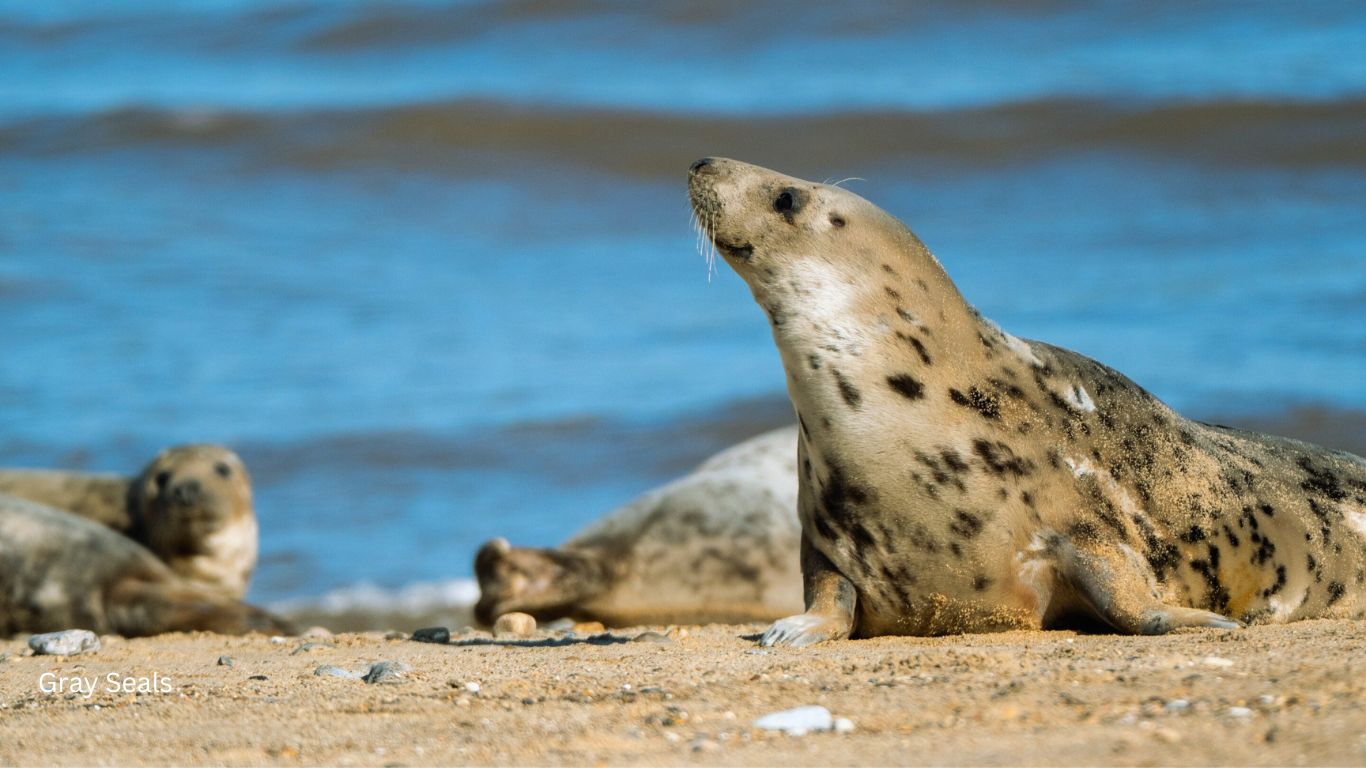
These notable seal species represent the diversity and adaptations within the seal family. Each species has unique characteristics and plays a vital role in their respective ecosystems. Understanding and protecting these species are essential for maintaining the balance and health of marine ecosystems.
Conclusion
Seals are fascinating marine mammals that inhabit a wide range of habitats, from polar regions to coastal areas and open oceans. Throughout this outline, we have explored various aspects of seals, including their taxonomy, physical characteristics, behavior, habitat, cultural significance, and notable species.
Seals play a crucial role in marine ecosystems, contributing to the balance and health of the oceans. They are not only important from an ecological standpoint but also hold cultural significance for many indigenous communities. Seals have been valued for their food, materials, and spiritual connections for generations.
However, seals face numerous threats in today’s world. Human impacts such as hunting, habitat loss, pollution, and climate change jeopardize their populations and habitats. It is imperative that we recognize the need for conservation and protection of seals to ensure their survival.
Conservation efforts, including the establishment of protected areas, sustainable hunting practices, research, and public education, are vital for the long-term well-being of seal populations. Additionally, addressing climate change and reducing pollution are crucial steps toward safeguarding their habitats and preserving their natural behaviors.
Seals captivate us with their grace, adaptability, and unique adaptations to the marine environment. They are a testament to the beauty and diversity of the natural world. As we work towards their conservation, we not only protect the seals themselves but also preserve the intricate web of life in which they are a part.
By recognizing the significance of seals and taking proactive measures to protect them, we can ensure that these magnificent marine mammals continue to thrive for future generations to appreciate and cherish.

1 thought on “Graceful Guardians: The Seals of the Sea”